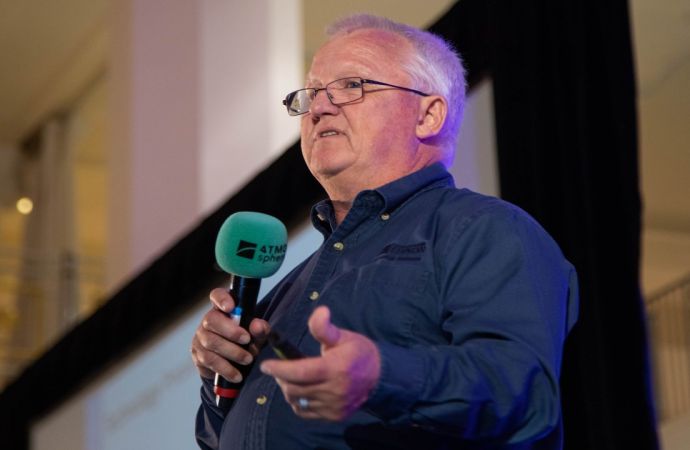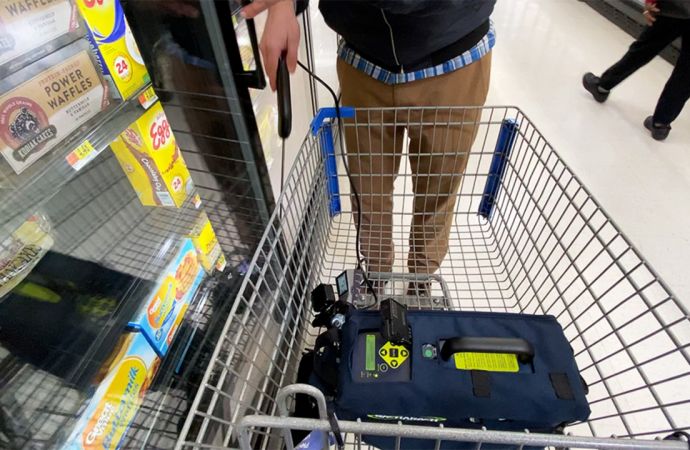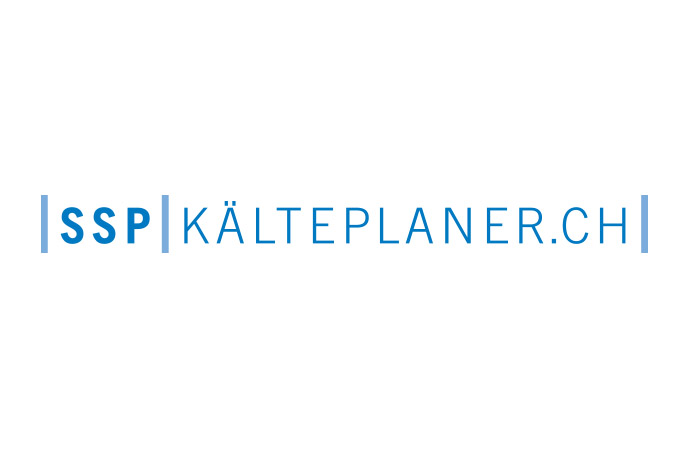At a media briefing held yesterday in Brussels, Belgium, UNEP launched a new tool to assist developing countries to attain ozone layer recovery and climate protection and move to technologies such as ammonia. Targeting primarily national Ozone Officers, but also policy makers as well as technicians, the tool encompasses three guides on legislative options, refrigeration & air conditioning options and foams.

Phillip Owen, Head of Ozone and Fluorinated GHGs Unit, European Commission, welcomed participants to the event and provided an overview of the United Nations Environment Programme (UNEP) HCFC JumpStart and Air-Conditioning project that is partly funded by the European Commission and which aims to contribute towards the reduction in emissions of ozone depleting substances and greenhouse gases.
3 guides accessible online
Under this project, UNEP has developed a “tool box” to enable developing countries get over the last chemical HCFCs widely used in room air conditioning and buildings. The “tool box” encompasses three guides, namely:
Good timing of the publications
“The timing of [the publications] is important because the freeze of production and consumption of HCFCs is in 2 years time, when at the same time the consumption in developing countries and their economies are booming”, explained Rajendra Shende, Chief, OzonAction, UNEP Division of Technology, Industry and Economics. The guides will enable challenging targets to be met mainly by the servicing sector in these countries, as most countries are not HCFC producers.
3 guides accessible online
Under this project, UNEP has developed a “tool box” to enable developing countries get over the last chemical HCFCs widely used in room air conditioning and buildings. The “tool box” encompasses three guides, namely:
- HCFC Policy and Legislative Options: A Guide for Developing Countries: “The dual gains for the ozone layer and climate system will be realised only if countries choose the right path, which may not be the “business as usual” technology option and which may require additional consideration by those making the decision”. This document offers National Ozone Units guidance on how to use policy and legislation as tools to quickly seize the opportunity to protect the ozone layer and the climate system.
- Alternatives to HCFCs in the refrigeration and Air Conditioning Sector: Targeting national Ozone Units as its main audience, but also technicians as the secondary audience, this guide reflects the fact that there are a lot of technology developments taking place right now – it is a developing scene. It aims to avoid the need of future installations of HCFC equipment, which could be right now the cheapest solution in developing countries, to increase retrofits when possible, and encourage the uptake of new HCFC-free technologies.
- Guidance on the Process for Selecting Alternatives to HCFCs in Foams: This guide assesses the drivers, priorities and new factors to be considered by the foam sector. Encompassing a guide on how to select technologies, it offers a review of options, their strengths and weaknesses.
Good timing of the publications
“The timing of [the publications] is important because the freeze of production and consumption of HCFCs is in 2 years time, when at the same time the consumption in developing countries and their economies are booming”, explained Rajendra Shende, Chief, OzonAction, UNEP Division of Technology, Industry and Economics. The guides will enable challenging targets to be met mainly by the servicing sector in these countries, as most countries are not HCFC producers.
MORE INFORMATION
Related stories











